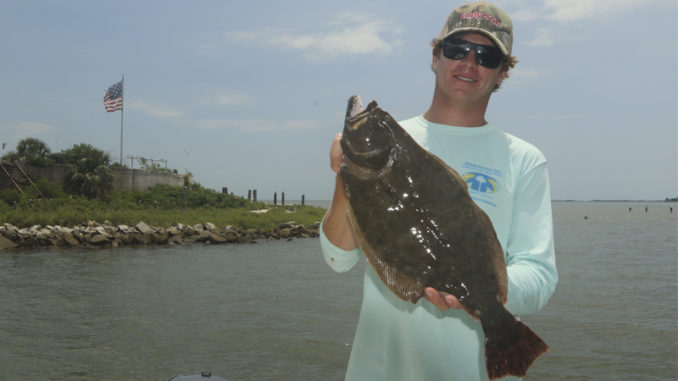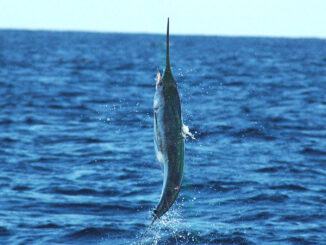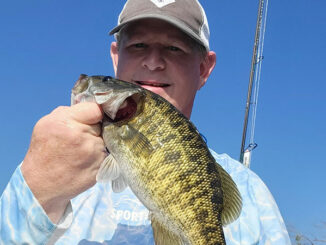
It seems like a simple solution to increase flounder numbers, but it isn’t
Southern flounder numbers are on the decline — not just in waters off the Carolina coastlines, but throughout the entire southeastern region. States are scrambling to come up with a solution. These solutions always seem to have a negative impact on anglers.
On the surface, the answer seems obvious. Why don’t we just stock a bunch of flounder into our waterways?
The fisheries departments in both Carolinas have stocked other species of fish for years. Some, like stripers and freshwater trout in certain waters, are simply “put and take” fisheries. That means the fish are stocked simply so anglers can catch them. Those fish aren’t expected to spawn and grow the population naturally. But for other species, the expectation and hope is that they will spawn and aid in growing the wild population.
So why can’t we do that with flounder?
According to Dr. Mike Denson, director of SCDNR’s Marine Resources Research Institute, flounder are very different than other fish when it comes to raising and stocking them. So different, that it’s just not feasible.
“Flounder have a very complex life history, making them very difficult to produce in large numbers,” said Denson.
Sensitivity to many factors makes raising them impractical
As one example, Denson said as flounder go through the physical change unique to the species — where one of their eyes migrates to the other side of their body and the fish begins to flatten out — they change in other ways as well. And the way they change depends on factors that are difficult to control precisely.
“During that time, they are very sensitive to changes in water temperature. If it’s not just the right water temperature, all the flounder become males. This means they don’t grow to a large size like the females. And they will not even make it to the minimum harvest size,” he said.
And even if they did grow to harvestable size, a high percentage of them likely would be discolored in a way that would make them easy prey once released. That’s because flounder raised in captivity struggle to get the necessary nutrients to form their bodies properly.
“Flounder grown in captivity are very sensitive to having the right nutrients in their diets. If it’s not ‘just right,’ not many will survive. And a high percentage of those that do will be partially albinos that are easily picked off when released into the wild,” Denson said.
Stocking unfortunately isn’t an option to boost flounder numbers
Fisheries biologists have long wished to raise flounder that could be released into the wild. The failure to do so isn’t for a lack of trying.
“We have conducted many experiments over the years. But we’ve not been able to produce enough fish that were exactly like wild fish — with the same coloration and the same ratio of males and females — to feel like we could make a contribution to the wild population,” said Denson.
He also sees yet another problem with stocking. This is something biologists have learned through tagging wild flounder in South Carolina waters.
“As we have learned about flounder life history through tag-recapture, most flounder that grow up in South Carolina leave to spawn before they reach legal size and are mostly recaptured in Georgia waters,” he said.
At first glance, stocking seems like a good option to help boost flounder numbers. However, it’s just not that simple. It works for some species, but due to the flounder’s uniqueness in so many ways, it’s unfortunately just not feasible for this species.





Be the first to comment